If you’ve never heard of Ansley Coale it’s because he has kept himself behind the scenes, intentionally pushing the people he works with and the brands that represent them to the forefront. Brands like Los Danzantes/Los Nahuales, Alipus, Mezcalero, and Comunidad, Cuentacuentos, and others under the umbrella of Craft Distillers here in the United States. The storytelling of these brands focuses on the humans and the communities from which the mezcal comes, which has played a significant role in their success. Leading with information and insight into the products was something Ansley adopted after co-founding Germain Robin, a California brandy distillery that is itself a story of creative pioneering in the beverage industry.
He is also the man behind the success of Hangar One Vodka–and it is through learning how to effectively promote unknown quality spirits that his path crossed with mezcal. That was over 20 years ago. While his name may be unfamiliar, Ansley Coale is one of those people whose work has, without a doubt, influenced the way we drink mezcal. In this interview, we get a peek into how his dynamic life led him to play a founding role in the craft agave spirits industry, and what’s to come.
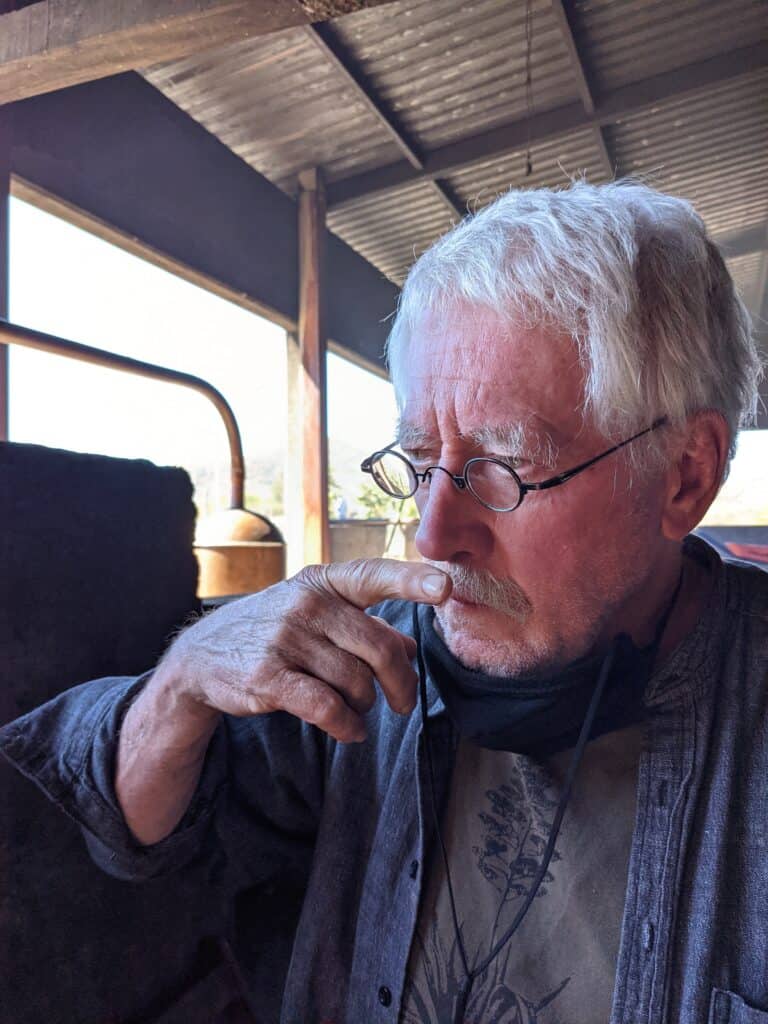
Where did you grow up?
Princeton, New Jersey. My father was a Nobel Prize level demographer.
What and where did you study?
I studied in Wooster, Ohio at a small college, then University of Michigan, and I did 1.5 years at Oxford. I have a degree in ancient history.
What was your first job?
My first real job… I taught interdisciplinary social science at UC Berkeley for four years.
Before Germain-Robin, what was your experience with distillates?
Zero. The story is real, it began with hitchhiking.
What was your introduction to mezcal?
I got to know Ron Cooper outside mezcal because we would show up at the same events facing the same problem: how do you take an unknown product and get people excited about it? My first introduction to mezcal was at the Aspen wine and food festival in 2003.
How would you compare brandy and mezcal?
Basically these are drugs, and they vary by what you make them out of. Brandy tends to make people contemplative, whiskey tends to make people pugnacious, vodka tends to make people want to party. Mezcal comes out of agave, and I think agave is by far the most complex plant that anyone is distilling alcohol out of. It is an amazing plant, I don’t drink anything else anymore. There’s something about it that happens when I pour it, 30% of people go ‘yuck i can’t believe people drink this,’ and 70% don’t ever want to drink anything else. The drink itself is psychotropic; it takes you inside and induces a lot of clarity, and people respond to it at more than one level. Both their body and their heart.
Looking back, do you see any connection between your California brandy ventures and you work with mezcal?
I learned how to talk about products in ways that people found interesting through Germain Robin. We wanted to distinguish ourselves from Cognac, but still as good high quality brandy. We talked about how we made it and who was making it. It was somewhere around 1992 or 1993 when we released fancier stuff, and I started talking about the grapes we were using and that resonated with people, and the brand took off. I just tried to describe it rather than sell it, and people were interested, the hunger for authenticity was very real, and that’s what moved it.
Hangar One was going off like a rocket and distributors were giving us a lot of attention with mezcal that they might not otherwise have given us. People responded to the authentic semi-technical knowledge of the product and pictures of people who were making it.
When we introduced Mezcalero in 2009, it was the first brand to have all of that extensive information on the label. Mezcal is a batch product and our label reflected that, including who made it, where, what the agave was. With Alipus I spent many weeks visiting, taking photos and doing interviews with the people making it, describing what it’s like to be there.
Who have been most influential in your mezcal journey
Hector Vazques and his successor at Los Danzantes, Karina Abad. They are both people that have an enormous experiential knowledge of mezcal, how it’s made, how it tastes and so forth.
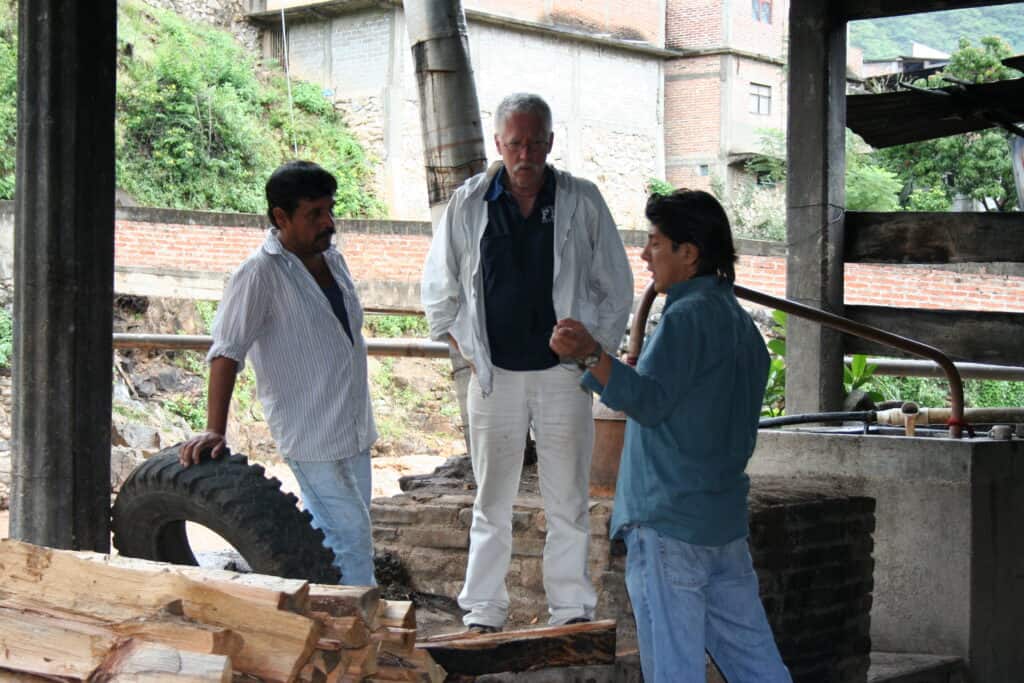
What’s on the horizon, and what are you excited about going forward?
The market is too crowded, let’s see how that shakes out. I think the real issue now is sustainability and disposal of distilling waste. If Communidad was a commercial success, that’s how we would be spending our money. There are ways of doing it, it’s just a matter of education
The communities themselves are pretty upset about it, fish are dying in the rivers.
Do you see any small batch mezcal as financially successful in the market at the present time?
Mezcalero has always done well: it has a following. We are very successful right now with El Barro from Cuentacuentos: a mezcal finished in single batches in clay pot stills that we are placing in the well. It will take a while before the 3-tier system & suppliers figure out how to deal in small-batch spirits
Any favorite lessons you’ve learned from working with people and communities?
Humility. They are making this absolutely exquisite product, they understand that what they are doing is transforming a plant into something that’s good to drink. There is a sense of service from these guys. The mezcal they make is as good as anything that exists on the planet but they’re just guys: before mezcal got going, they were selling to people in their communities. The quality of the product comes out of an inner life that goes back centuries, this knowledge of the agave…it’s a medium for these people’s souls.
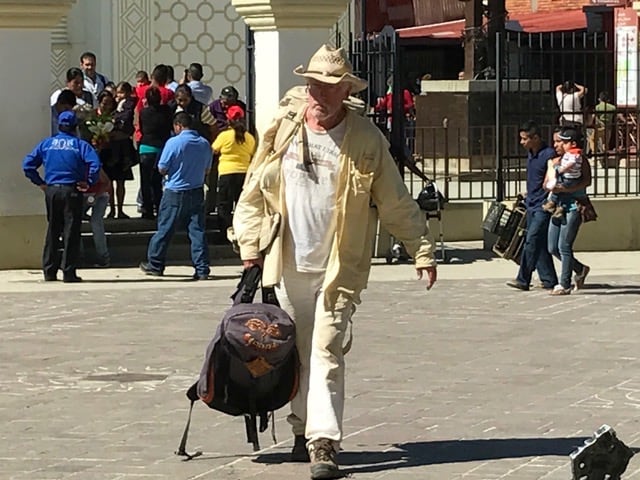


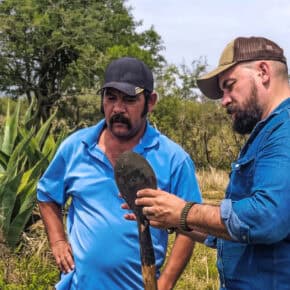
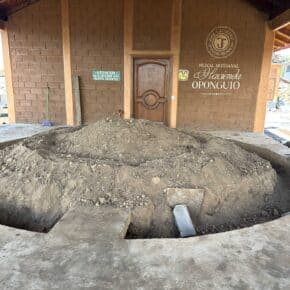








Leave a Comment